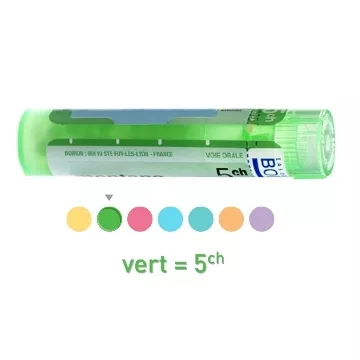
What is malaria and how is it transmitted?
Malaria is an infectious disease caused by parasites of the genus Plasmodium, which is transmitted to humans through the bite of infected female mosquitoes, mainly Anopheles mosquitoes. When a mosquito bites a person, the parasites are transferred from the mosquito's saliva to the human body. Once inside the body, the parasites migrate to the liver, where they multiply and infect red blood cells.
What are the symptoms of malaria?
Malaria symptoms can vary, but generally include fever, chills, malaise, muscle aches and headaches. These symptoms may appear between 7 and 30 days after exposure to the parasites, but in some cases may not appear until months later. Left untreated, malaria can progress to severe forms, leading to fatal complications such as severe anemia and neurological disorders.
How can malaria be prevented?
Malaria prevention rests on several pillars, including the use of insecticide-impregnated mosquito nets, the application of repellents to the skin, the wearing of covering clothing and the administration of prophylactic drugs in certain situations. It is also crucial to limit sources of stagnant water near homes, where mosquitoes breed.
What treatment options are available?
Treatment of malaria depends on the strain of Plasmodium involved, the severity of the disease, and where the infection was contracted, to take account of local drug resistance. Antimalarial drugs such as chloroquine andartemisinin are commonly used to treat this disease. It is essential that treatment is supervised by a health professional to ensure its effectiveness and minimize the risk of resistance.
What impact does malaria have on global public health?
Malaria remains one of the major threats to global public health, particularly in sub-Saharan Africa and parts ofAsia andLatin America. It affects millions of people every year and causes hundreds of thousands of deaths, mostly among children under the age of five. The fight against malaria is therefore a priority for many international organizations seeking to reduce the incidence of this disease through prevention, control and elimination.
Are there any recent innovations in malaria treatment or prevention?
Recent research has focused on improving control strategies and developing malaria vaccines. For example, the RTS,S vaccine, also known as Mosquirix, has shown a partial capacity to prevent malaria in children. In addition, new drug molecules are being studied to overcome problems of resistance to current treatments.
Which populations are most at risk of contracting malaria?
The populations most vulnerable to malaria are those living in or near tropical and subtropical zones, whereAnopheles, the mosquito vector, is abundant. Children under five, pregnant women and people with weakened immune systems are particularly at risk. Travellers from regions where malaria is less common may also be at increased risk, as they generally have no immunity to the disease.
How is malaria diagnosed?
Malaria is diagnosed mainly by microscopic examination of the blood. This method detects the presence of parasites in red blood cells. Rapid diagnostic tests (RDTs) are also used, providing results in around 15 to 20 minutes. These tests detect specific antigens produced by malaria parasites. Early and accurate diagnosis is crucial for effective treatment and prevention of the spread of the disease.
How important is vector surveillance and control in the fight against malaria?
Surveillance and control of the vector, i.e. the Anopheles mosquito, are essential to prevent malaria transmission. This includes activities such as indoor insecticide spraying, treatment of larvae in water bodies and the use of impregnated mosquito nets. Eliminating stagnant water can also reduce the mosquito population by eliminating their breeding habitat.
Is there resistance to malaria treatments?
Yes, resistance to antimalarial drugs is a growing problem. Strains of Plasmodium falciparum have developed resistance to traditional treatments such as chloroquine andartemisinin in certain regions. This complicates treatment efforts and requires the development of new drugs or the use of drug combinations to maintain treatment efficacy.
How does climate change affect the distribution and transmission of malaria?
Climate change is having a significant impact on the distribution and transmission of malaria. Rising temperatures and changes in rainfall patterns can extend the habitable zones for mosquito vectors, increasing the risk of malaria transmission in previously unaffected regions. In addition, climatic variations can also influence mosquito reproductive cycles and parasite survival, thus modifying disease dynamics.